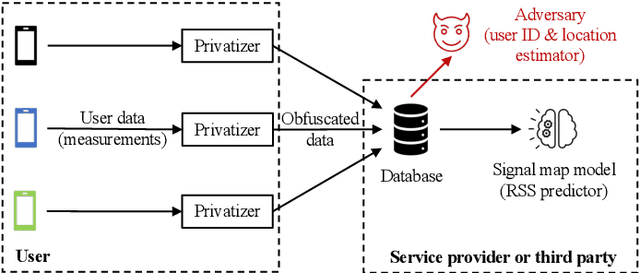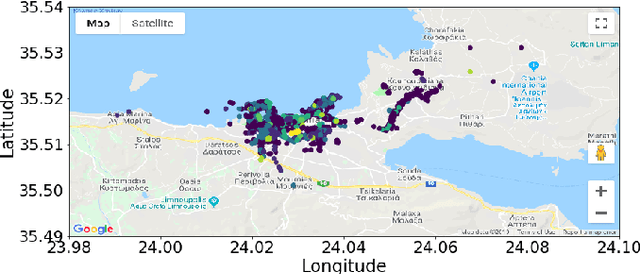Matthew Clark
Continuous Cardiac Arrest Prediction in ICU using PPG Foundation Model
Feb 12, 2025Abstract:Non-invasive patient monitoring for tracking and predicting adverse acute health events is an emerging area of research. We pursue in-hospital cardiac arrest (IHCA) prediction using only single-channel finger photoplethysmography (PPG) signals. Our proposed two-stage model Feature Extractor-Aggregator Network (FEAN) leverages powerful representations from pre-trained PPG foundation models (PPG-GPT of size up to 1 Billion) stacked with sequential classification models. We propose two FEAN variants ("1H", "FH") which use the latest one-hour and (max) 24-hour history to make decisions respectively. Our study is the first to present IHCA prediction results in ICU patients using only unimodal (continuous PPG signal) waveform deep representations. With our best model, we obtain an average of 0.79 AUROC over 24~h prediction window before CA event onset with our model peaking performance at 0.82 one hour before CA. We also provide a comprehensive analysis of our model through architectural tuning and PaCMAP visualization of patient health trajectory in latent space.
Privacy-Utility Trades in Crowdsourced Signal Map Obfuscation
Jan 13, 2022



Abstract:Cellular providers and data aggregating companies crowdsource celluar signal strength measurements from user devices to generate signal maps, which can be used to improve network performance. Recognizing that this data collection may be at odds with growing awareness of privacy concerns, we consider obfuscating such data before the data leaves the mobile device. The goal is to increase privacy such that it is difficult to recover sensitive features from the obfuscated data (e.g. user ids and user whereabouts), while still allowing network providers to use the data for improving network services (i.e. create accurate signal maps). To examine this privacy-utility tradeoff, we identify privacy and utility metrics and threat models suited to signal strength measurements. We then obfuscate the measurements using several preeminent techniques, spanning differential privacy, generative adversarial privacy, and information-theoretic privacy techniques, in order to benchmark a variety of promising obfuscation approaches and provide guidance to real-world engineers who are tasked to build signal maps that protect privacy without hurting utility. Our evaluation results, based on multiple, diverse, real-world signal map datasets, demonstrate the feasibility of concurrently achieving adequate privacy and utility, with obfuscation strategies which use the structure and intended use of datasets in their design, and target average-case, rather than worst-case, guarantees.
 Add to Chrome
Add to Chrome Add to Firefox
Add to Firefox Add to Edge
Add to Edge